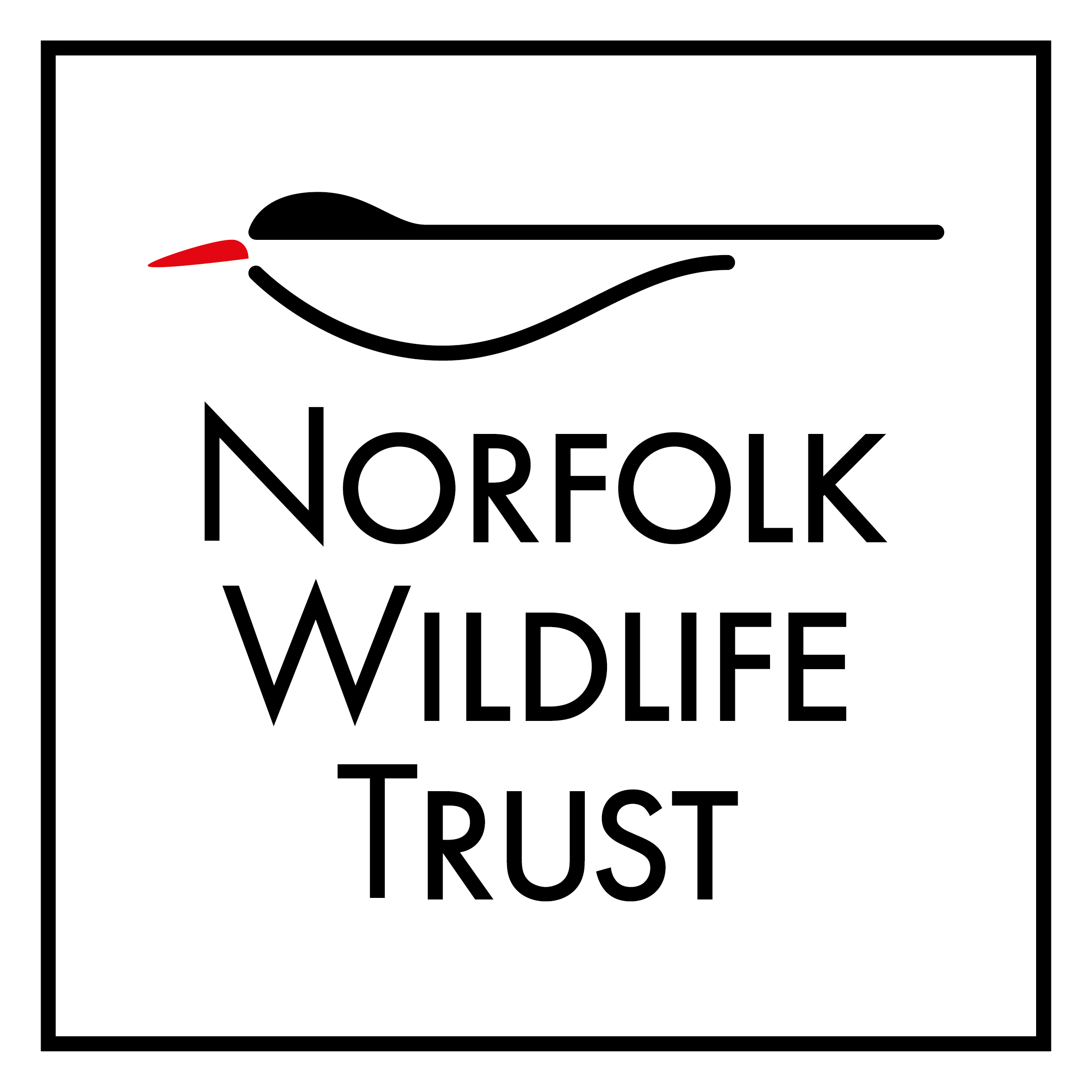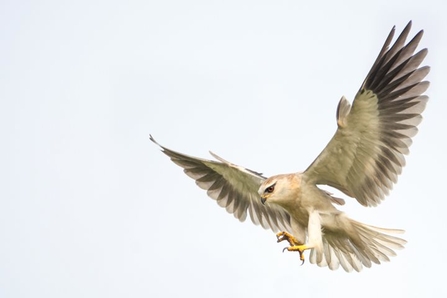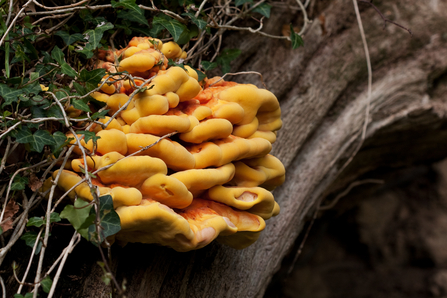After a long dry summer, this September has been a rather wet affair, with some quite heavy, blustery downpours. We enjoyed a few sunny spells, but it can often be a far hotter month, feeling at times like the height of summer. Despite the inconsistences of the weather, wildlife is the strongest indicator of September’s position between summer and autumn. Technically, autumn has two start dates. The ‘astronomical’ start is normally on 21 September or one day either side, and it is marked by the equinox - when daylight and dark hours are equal. There is also the ‘meteorological’ start which is used by weather scientists. They split the year into quarters, so autumn starts on 1 September and lasts until 30 November.
In nature, the start of autumn is marked by many things, the most obvious being the turning leaves. This time of year I’m always asked to write about the virtues of autumn. The usual stuff: the cool damp melancholic air, smell of rotting vegetation, rutting deer, strange shaped fungi popping up in woodland and meadow. Well for me it is marked by wasps, and they can be everywhere, take a glance at flowering ivy if you are in any doubt! Every September holds memories of angry wasps. There can be few members of staff, or volunteers, on our reserves that don’t understand this sentiment. Many know the feeling of a wasp down the back of a shirt, under the visor of a chainsaw helmet, pestering an ear whilst laden down with equipment, or loitering on one’s lunch. Being stung on the lip, as I’ve been, is definitely not an autumn highlight.
There can be over ten thousand wasps in a single nest, nearly all of them workers. These wasps are all infertile females - their sting is actually a modified ovipositor. In September, the males and new queens, who were brought up by the workers, are emerging to mate with each other. The males will all die, as will the founder queen and the workers. The fertilised queens, the sole survivors, will hibernate and each will start a new colony next spring. Before their death the workers, released from their duties, will go on the rampage - giddy with freedom and drunk on fermented fallen fruit and ivy nectar. They are bold, pugnacious and looking for you.



